The British rivers being made officially clean enough for wild swimming
2020 saw a disturbing rise in sewage being dumped in British rivers, but new schemes are popping up to clean up our waterways — and some are even on their way to receiving Environment Agency clean-water standards. Annunciata Elwes reports.
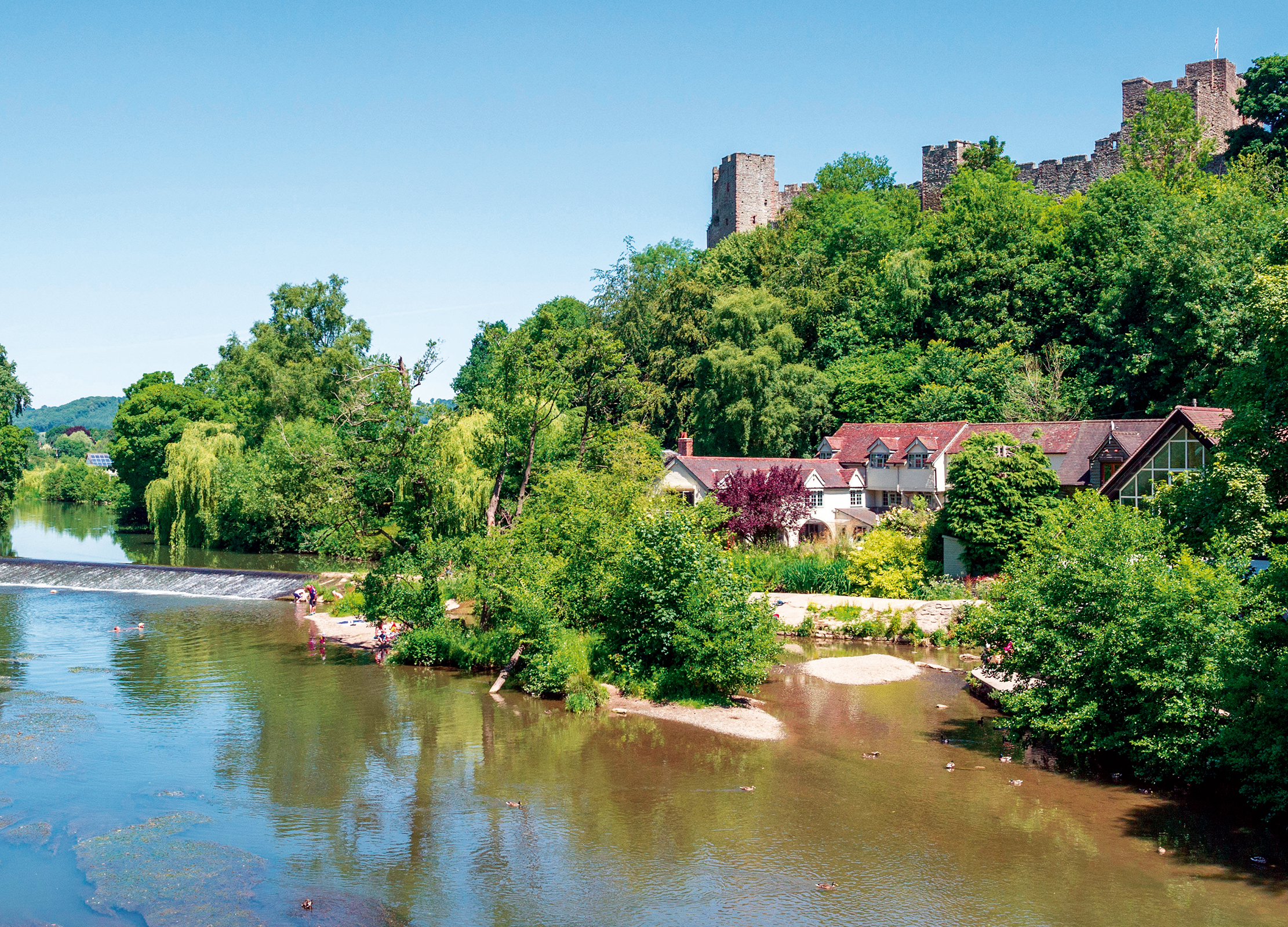

The Teme, near Ludlow in Shropshire, and the Leam, near Leamington Spa in Warwickshire, are about to benefit from a £78 million plan that will make them among the first British rivers to meet official clean-water standards for swimming.
They follow the course set by the River Wharfe in Ilkley, West Yorkshire, which became the first to be declared an official bathing site in Britain last year after the Environment Agency pledged to test the waters weekly during the May 15 to September 30 swimming season.
A raft of water companies across the country have clean-up projects in the pipeline — and not before time. Last year, water companies dumped raw sewage into rivers 37% more often than in 2019.
Three wild swimming spots to try in Britain
Granchester Meadows, Grantchester, Cambridgeshire A popular spot with day-trippers ever since Rupert Brooke wrote his famous poem, but not as busy as you might fear.
River Barle, Exmoor National Park, Somerset Crystal clear and cool, the Barle’s secluded pools are heaven on a sunny day. Picnic at Sherdon Water, then plunge into its deep, shady waters. If you’re lucky, you might spot a kingfisher.
Glen Fyne, Argyll The river that runs down Glen Fyne into Loch Fyne in Argyll has one particularly good, secret waterfall that could have been made for wild swimming a few miles up the glen. It can be accessed by a track that runs from near the Loch Fyne Oyster Bar at the head of Loch Fyne itself: it’s well worth the walk.
Emma Hughes
Sign up for the Country Life Newsletter
Exquisite houses, the beauty of Nature, and how to get the most from your life, straight to your inbox.
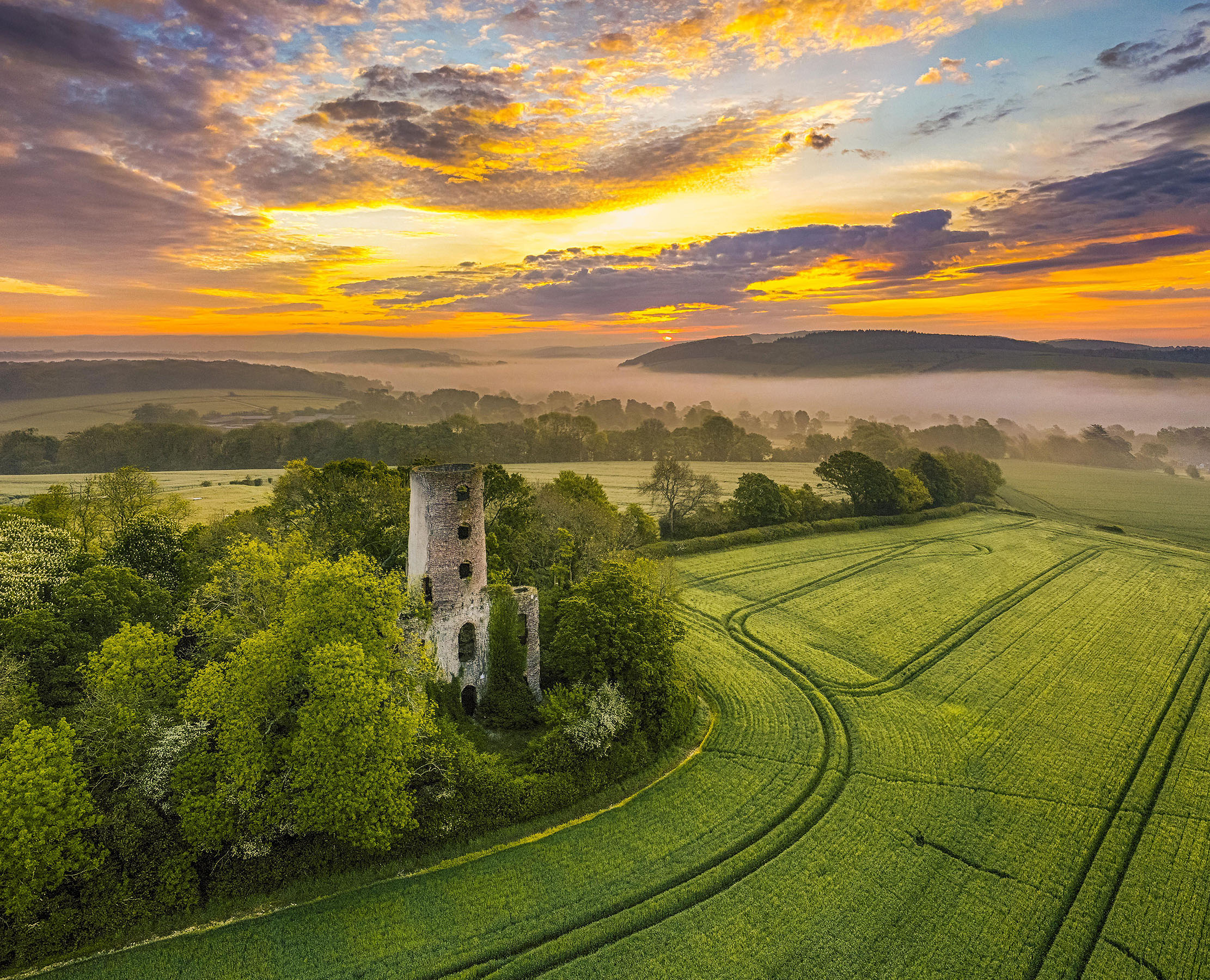
Racton Folly, West Sussex: Flying bricks, faces in windows and a ghost tractor that sneaks up behind you
Our Secret Britain series continues with a look at a crumbling folly in Sussex.
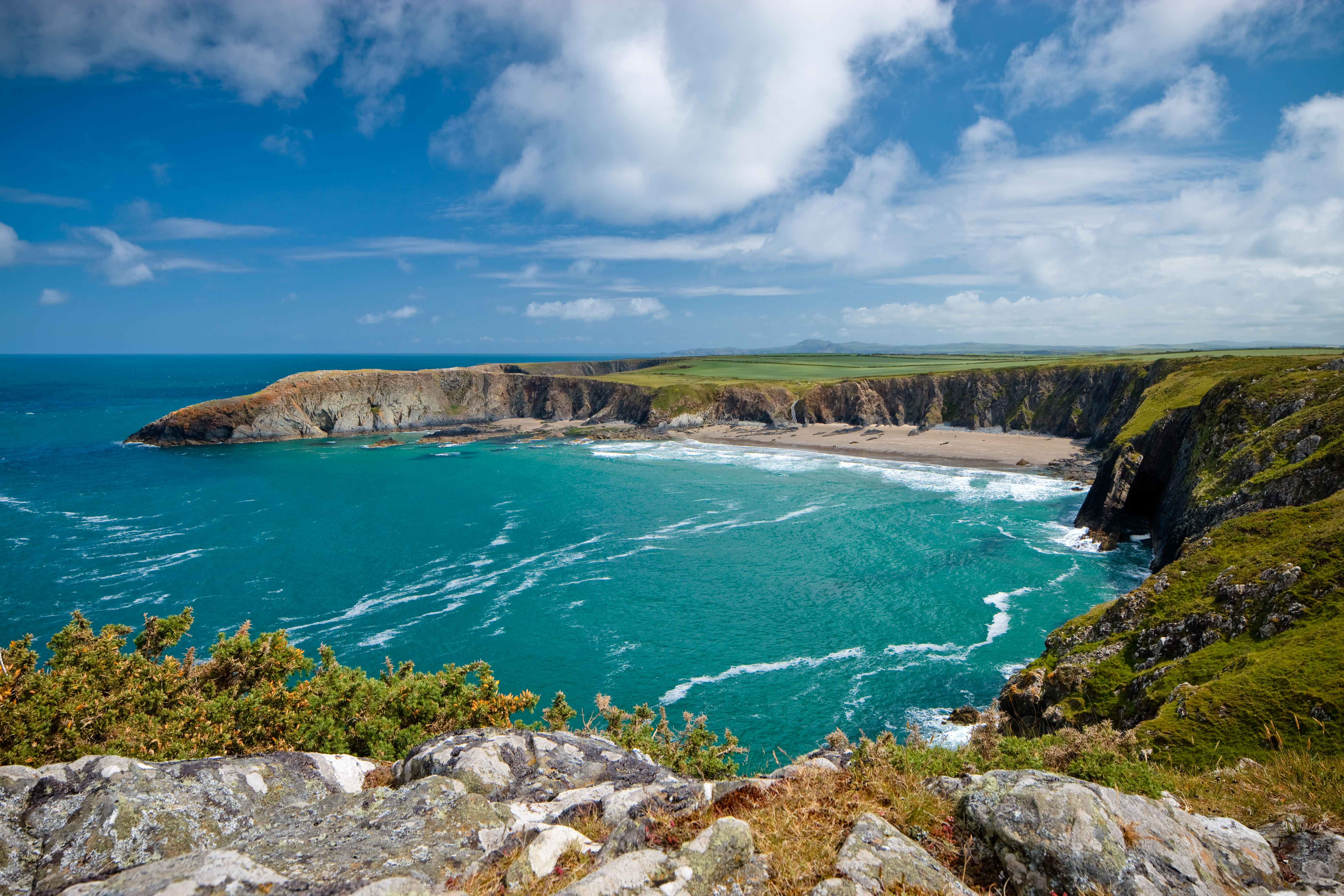
Traeth Llyfn beach, Pembrokeshire: 'A beach so remote you’ll be the sole person on it'
The remote Traeth Llyfn beach is a Secret Britain spot accessible only by the adventurous.
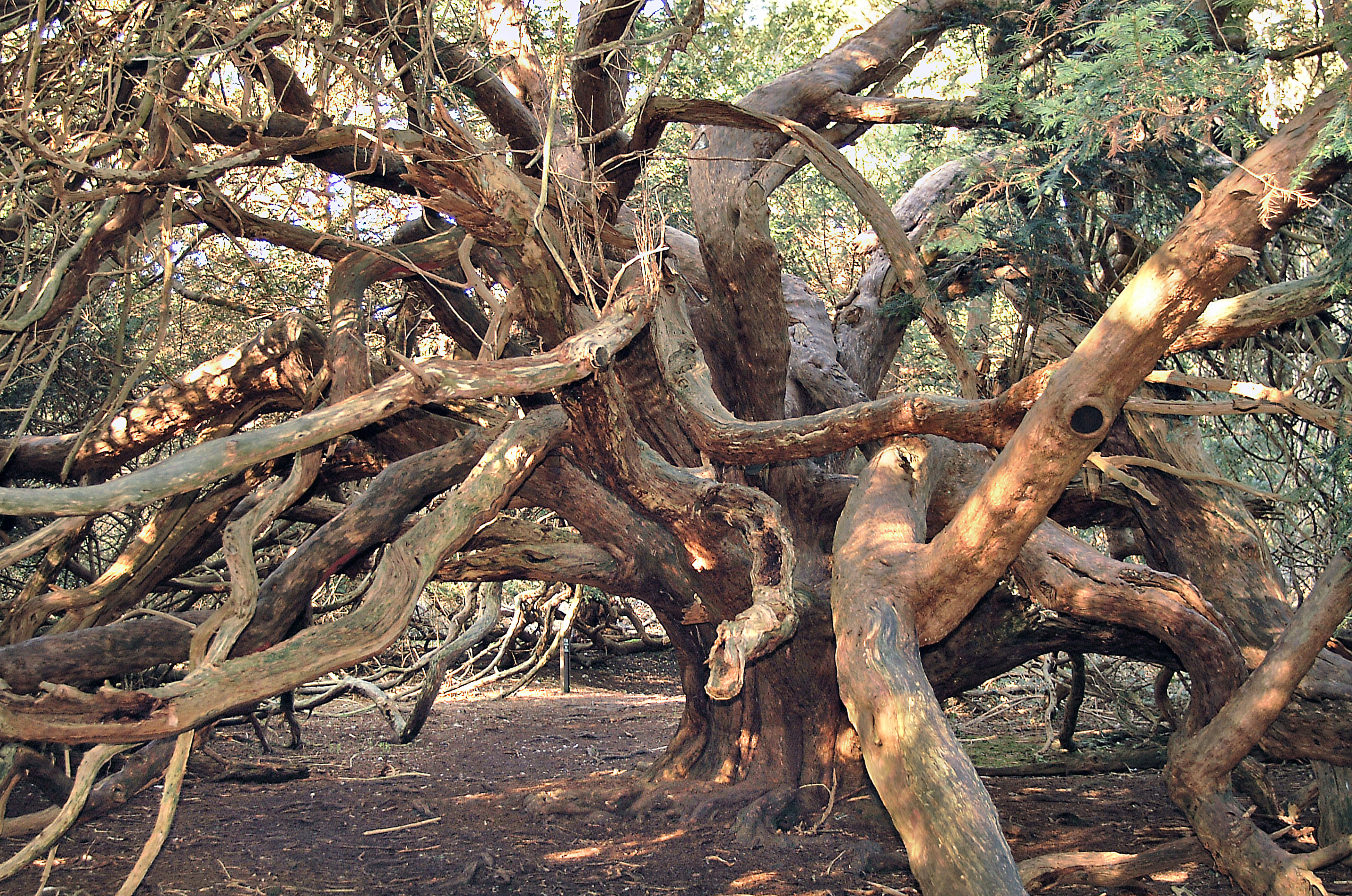
Kingley Vale, West Sussex: The ancient, twisted yews that are the oldest living things in Britain
Today's Secret Britain spot is a mysterious and magical spot in West Sussex.

Pont Minllyn, Gwynedd: The ancient pack-horse crossing that's four centuries old
A bridge coming up for four centuries old is today's Secret Britain find.
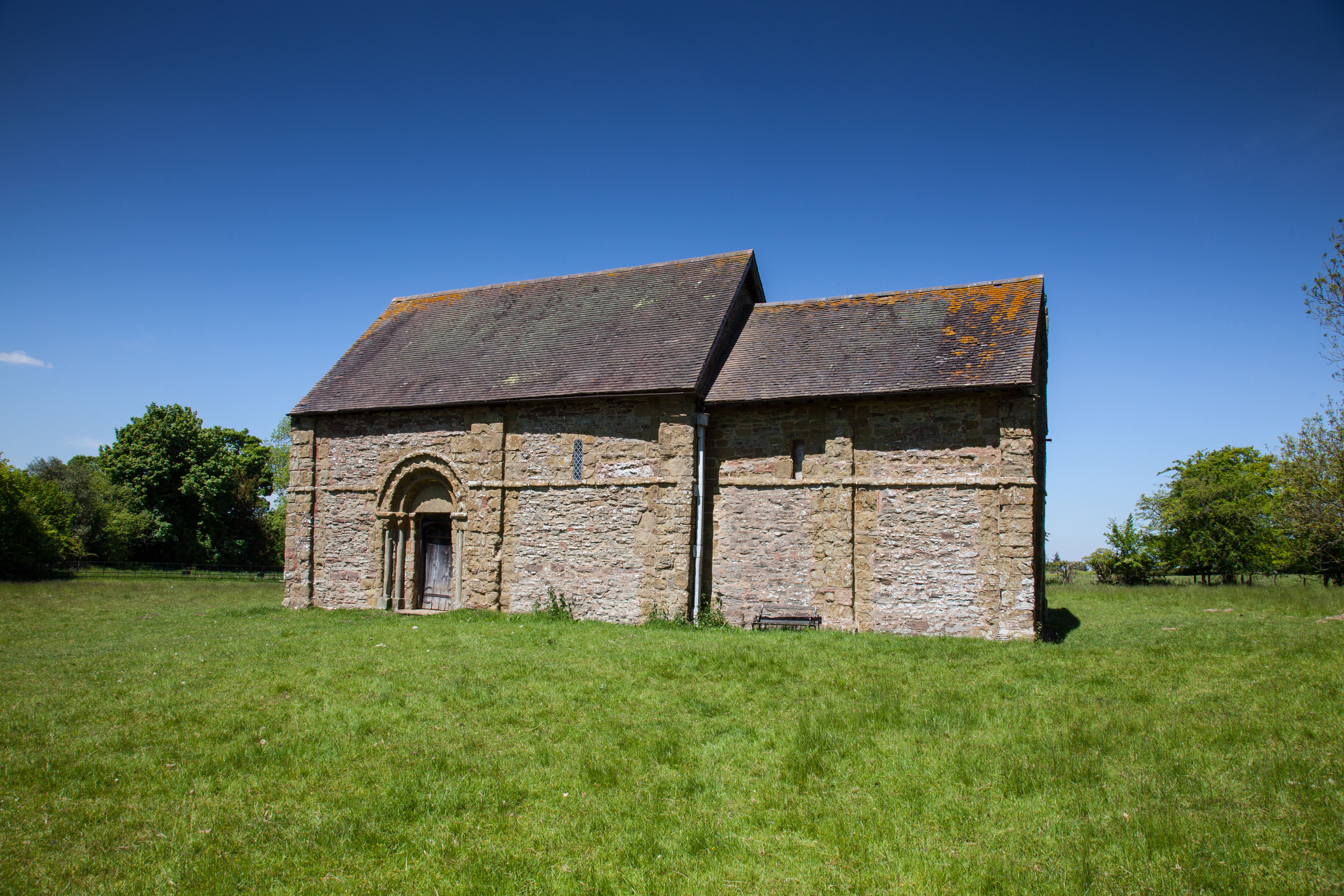
Heath Chapel, Brown Clee, Shropshire: 'You’re transported back to the 12th century'
A remote medieval church in Shropshire is today's Secret Britain find.
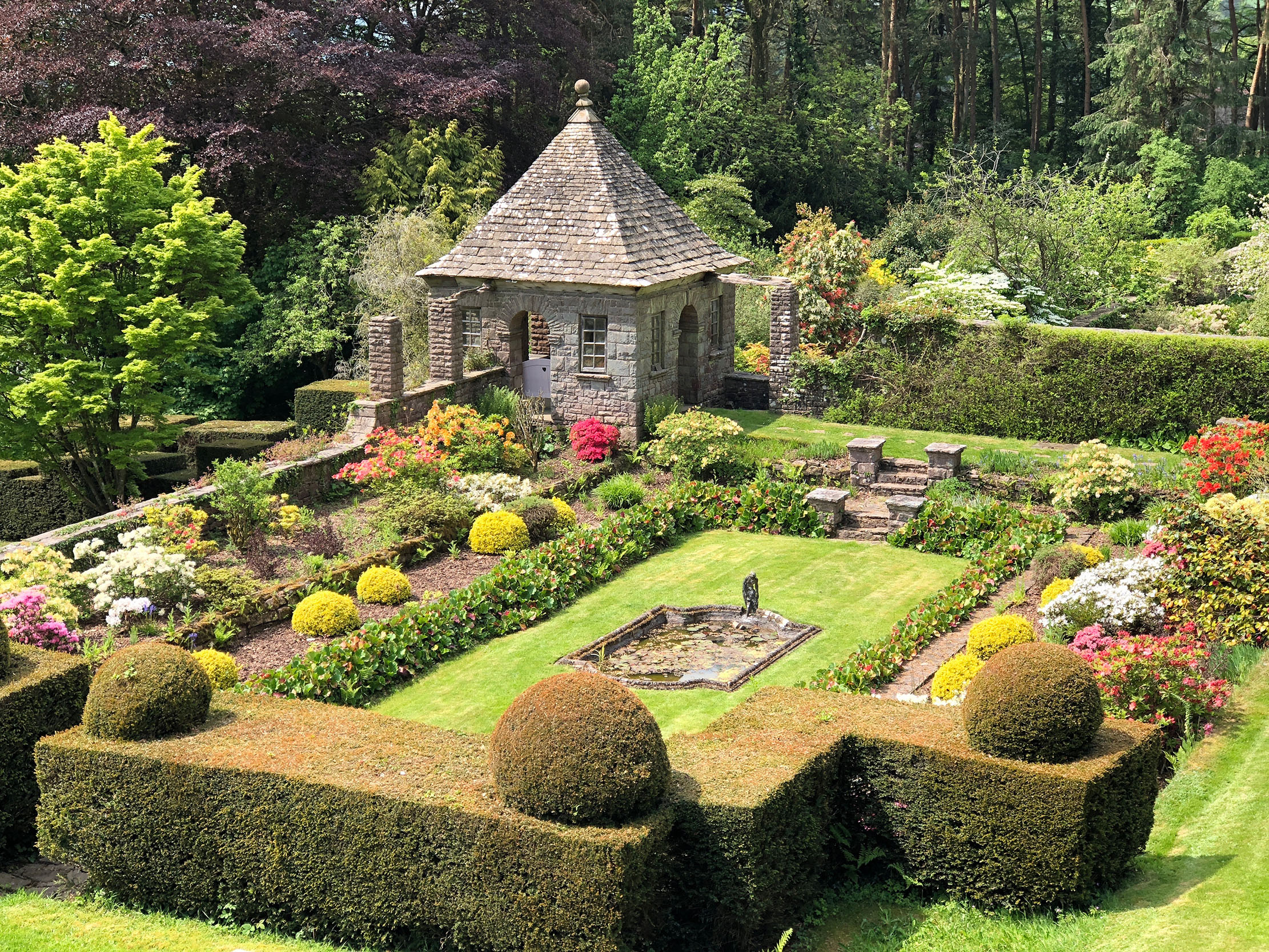
Credit: Wyndcliffe Court
10 of the best secret gardens in Britain — and how you can visit them
The lure of a secret garden is as strong now as it was when Frances Hodgson Burnett first published The
Annunciata grew up in the wilds of Lancashire and now lives in Hampshire with a husband, two daughters and an awful pug called Parsley. She’s been floating round the Country Life office for more than a decade, her work winning the Property Magazine of the Year Award in 2022 (Property Press Awards). Before that, she had a two-year stint writing ‘all kinds of fiction’ for The Sunday Times Travel Magazine, worked in internal comms for Country Life’s publisher (which has had many names in recent years but was then called IPC Media), and spent another year researching for a historical biographer, whose then primary focus was Graham Greene and John Henry Newman and whose filing system was a collection of wardrobes and chests of drawers filled with torn scraps of paper. During this time, she regularly gave tours of 17th-century Milton Manor, Oxfordshire, which may or may not have been designed by Inigo Jones, and co-founded a literary, art and music festival, at which Johnny Flynn headlined. When not writing and editing for Country Life, Annunciata is also a director of TIN MAN ART, a contemporary art gallery founded in 2021 by her husband, James Elwes.
-
 Ford Focus ST: So long, and thanks for all the fun
Ford Focus ST: So long, and thanks for all the funFrom November, the Ford Focus will be no more. We say goodbye to the ultimate boy racer.
By Matthew MacConnell
-
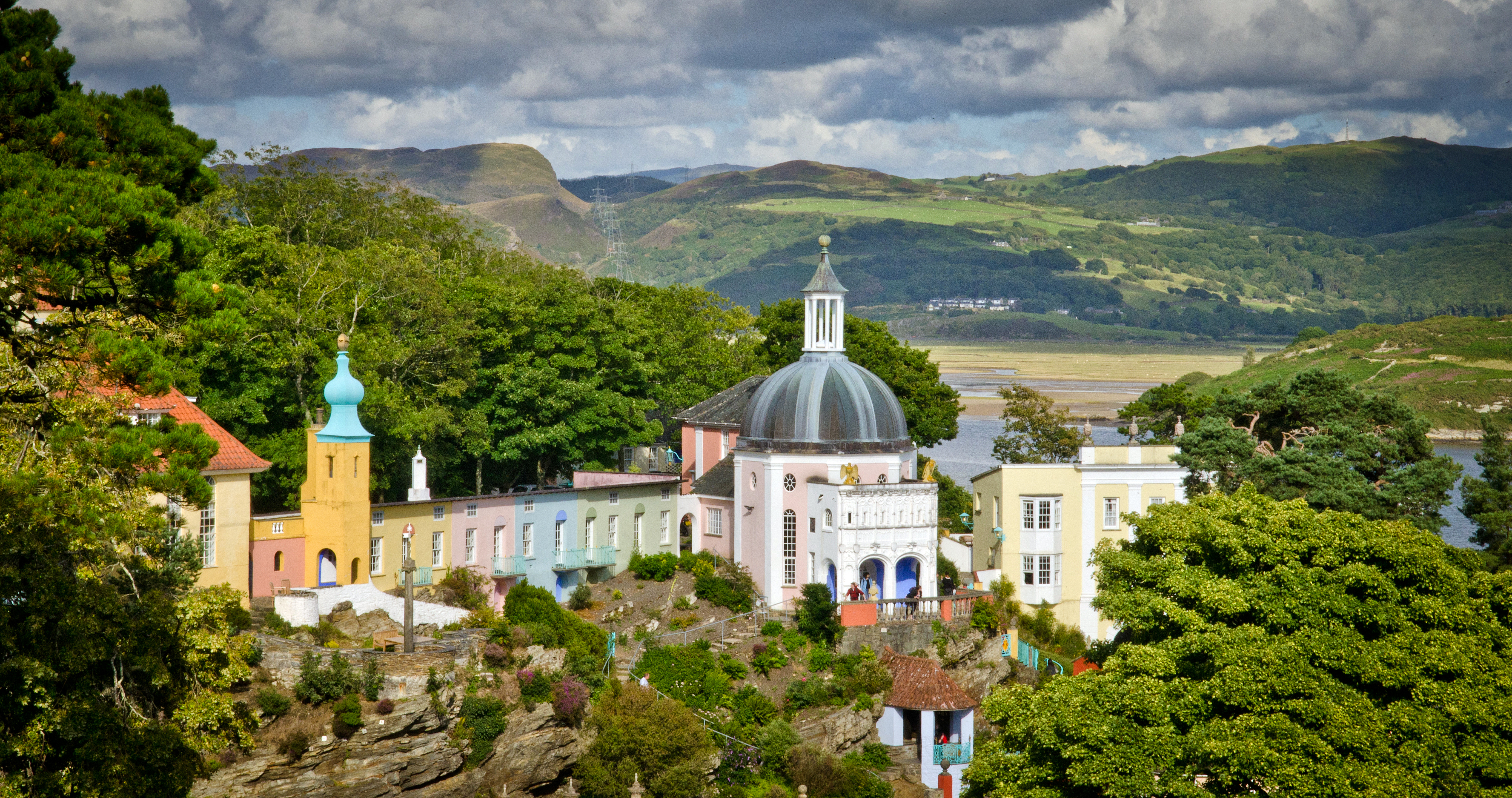 ‘If Portmeirion began life as an oddity, it has evolved into something of a phenomenon’: Celebrating a century of Britain’s most eccentric village
‘If Portmeirion began life as an oddity, it has evolved into something of a phenomenon’: Celebrating a century of Britain’s most eccentric villageA romantic experiment surrounded by the natural majesty of North Wales, Portmeirion began life as an oddity, but has evolved into an architectural phenomenon kept alive by dedication.
By Ben Lerwill